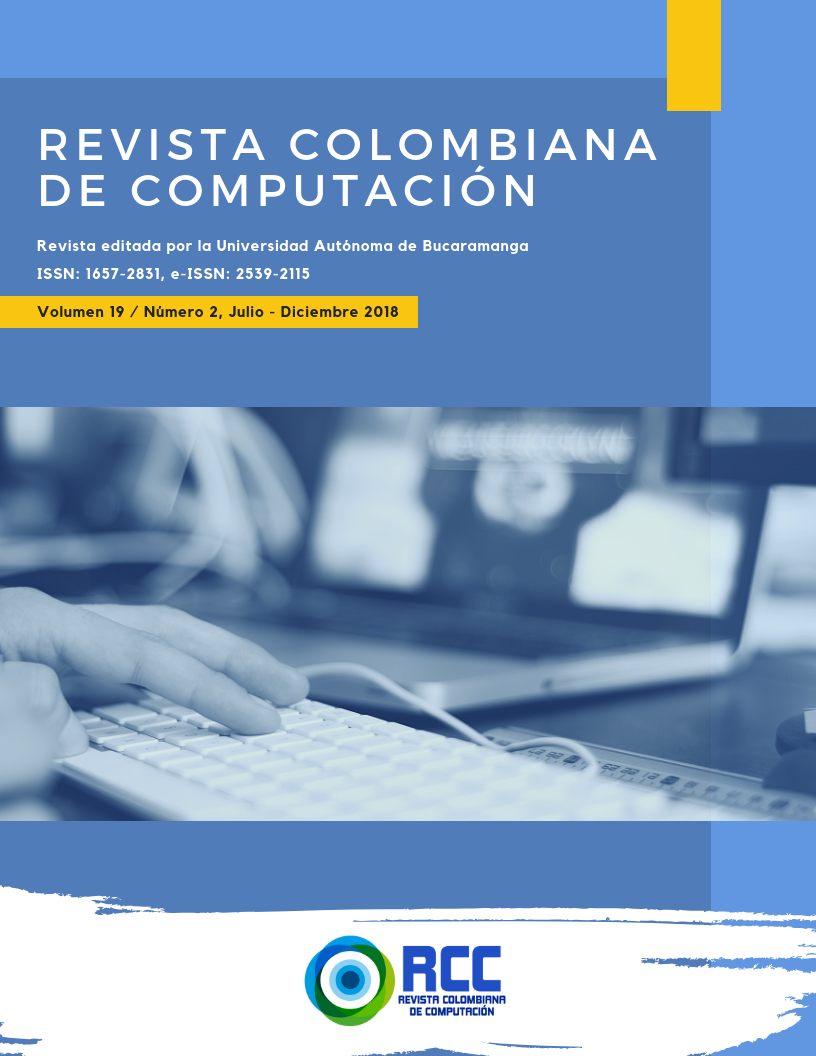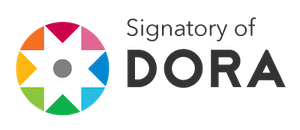Framework inteligente para Blended Learning
Resumen
La personalización de la educación influye en la motivación de los estudiantes y mejora los resultados de las evaluaciones. Algunas herramientas informáticas han sido propuestas para automatizar la personalización tales como los tutores inteligentes de aprendizaje con excelentes resultados. Sin embargo, la mayoría de los trabajos existentes se centran en los estudiantes y dejan de lado a los docentes. En este trabajo, se presenta un framework de código abierto basado en un sistema de tutor inteligente. El framework busca reducir los costos de implantación y la complejidad de las interfaces. Igualmente, el framework considera la participación tanto de estudiantes como de docentes. El framework fue utilizado para construir un curso de matemática en primaria. El framework desarrollado servirá como base para modelar el aprendizaje en un curso SPOC.
Referencias bibliográficas
Álvarez, A., Martín, M., Fernández-Castro, I., & Urretavizcaya, M. (2013). Blending traditional teaching methods with learning environments: Experience, cyclical evaluation process and impact with MAgAdI. Computers & Education, 68, 129–140.
Castillo, S. (2008). Propuesta pedagógica basada en el constructivismo para el uso óptimo de las TIC en la enseñanza y el aprendizaje de la matemática. Revista Latinoamericana de Investigación En Matemática Educativa, 11(2), 171–194.
Conde, D. C. R., & Soto, Á. P. G. (2012). Modelo de acción docente con medios informáticos y telemáticos. Pixel-Bit: Revista de Medios y Educación, (40), 151–170.
Cook, R., Kay, J., & Kummerfeld, B. (2015). MOOClm: User Modelling for MOOCs (pp. 80–91). Springer, Cham. https://doi.org/10.1007/978-3-319-20267-9_7
Dolenc, K., & Aberšek, B. (2015). TECH8 intelligent and adaptive e-learning system: Integration into Technology and Science classrooms in lower secondary schools. Computers & Education, 82, 354–365. https://doi.org/10.1016/j.compedu.2014.12.010
Han, G., Lin, M., Li, C., & Ju, J. (2017). Flipped classroom teaching design based on SPOC in ordinary undergraduate college. In 2017 12th International Conference on Computer Science and Education (ICCSE) (pp. 617–620). IEEE. https://doi.org/10.1109/ICCSE.2017.8085566
Herder, E., Sosnovsky, S., & Dimitrova, V. (2017). Adaptive Intelligent Learning Environments. In Technology Enhanced Learning (pp. 109–114). Cham: Springer International Publishing. https://doi.org/10.1007/978-3-319-02600-8_10
Hwang, G.-J., Sung, H.-Y., Hung, C.-M., Huang, I., & Tsai, C.-C. (2012). Development of a personalized educational computer game based on students’ learning styles. Educational Technology Research and Development, 60(4), 623–638. https://doi.org/10.1007/s11423-012-9241-x
Kozma, R. B., & Vota, W. S. (2014). ICT in Developing Countries: Policies, Implementation, and Impact. In Handbook of Research on Educational Communications and Technology (pp. 885–894). New York, NY: Springer New York. https://doi.org/10.1007/978-1-4614-3185-5_72
Lane, H. C., Yacef, K., Mostow, J., & Pavlik, P. (Eds.). (2013). Artificial Intelligence in Education. Memphis: Springer.
Laverde, A. C., Cifuentes, Y. S., & Rincón Rodríguez, H. Y. (2007). Toward an instructional design model based on learning objects. Educational Technology Research and Development, 55(6), 671–681. https://doi.org/https://doi.org/10.1007/s11423-007-9059-0
Nye, B. D. (2014). Barriers to ITS Adoption: A Systematic Mapping Study. In Intelligent Tutoring Systems (pp. 583–590).
Nye, B. D. (2015). Intelligent Tutoring Systems by and for the Developing World: A Review of Trends and Approaches for Educational Technology in a Global Context. International Journal of Artificial Intelligence in Education, 25(2), 177–203. https://doi.org/10.1007/s40593-014-0028-6
Olney, A. M., D’Mello, S., Person, N., Cade, W., Hays, P., Williams, C., … Graesser, A. (2012). Guru: A computer tutor that models expert human tutors. Lecture Notes in Computer Science (Including Subseries Lecture Notes in Artificial Intelligence and Lecture Notes in Bioinformatics), 7315 LNCS, 256–261. https://doi.org/10.1007/978-3-642-30950-2_32
Perry, W. E. (2007). Effective Methods for Software Testing: Includes Complete Guidelines, Checklists, and Templates. John Wiley & Sons.
Sottilare, R. A. (2012). Considerations in the development of an ontology for a generalized intelligent framework for tutoring. U.S. Army Research Laboratory - Human Research & Engineering Directorate, 19–25.
Sottilare, R. A. (2018). A Comprehensive Review of Design Goals and Emerging Solutions for Adaptive Instructional Systems. Technology, Instruction, Cognition & Learning, 11(1), 5–38.
Sottilare, R. A., Brawner, K. W., Goldberg, B. S., & Holden, H. K. (2012). The Generalized Intelligent Framework for Tutoring (GIFT). Orlando, FL: US Army Research Laboratory--Human Research & Engineering Directorate (ARL-HRED), (October), 1–12.
Sottilare, R. A., & Holden, H. K. (2013). Recommendations for Authoring , Instructional Strategies and Analysis for Intelligent Tutoring Systems ( ITS ): Towards the Development of a Generalized Intelligent Framework for Tutoring ( GIFT ). AIED 2013 Workshops Proceedings, 7, 150.
Steenbergen-Hu, S., & Cooper, H. (2013). A meta-analysis of the effectiveness of intelligent tutoring systems on college students’ academic learning. Journal of Educational Psychology, 105(4), 970–987. https://doi.org/10.1037/a0032447
VanLehn, K. (2011). The Relative Effectiveness of Human Tutoring, Intelligent Tutoring Systems, and Other Tutoring Systems. Educational Psychologist, 46(4), 197–221. https://doi.org/10.1080/00461520.2011.611369
Walkington, C., & Hayata, C. A. (2017). Designing learning personalized to students’ interests: balancing rich experiences with mathematical goals. ZDM, 49(4), 519–530. https://doi.org/10.1007/s11858-017-0842-z
Wentzel, K. R., & Brophy, J. E. (2014). Motivating Students to Learn. Taylor and Francis.
Descargas












